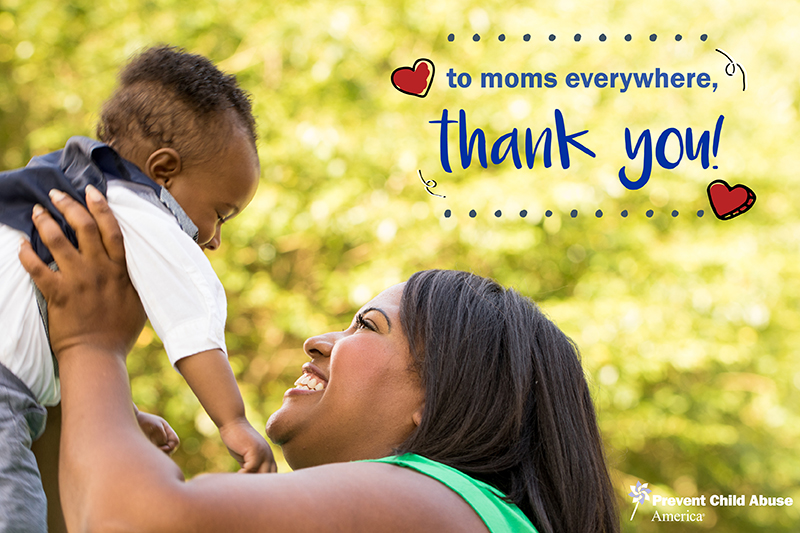At TexProtects, we are driven by a core belief: The best solution for child abuse and neglect is to prevent it from ever happening.
And the best method to support prevention is evidence-based family support home visiting programs. These are programs where a nurse, social worker, or similarly trained professional goes into the home – at the family’s invitation – to provide mentorship on parenting skills, maternal and child healthy development, and connection to mental health, substance use support and other community resources.
At TexProtects we believe that all families with newborns could benefit from at least a light-touch home visiting services. There are over half a million families with children under five in Texas and only 23,000 currently receive services. That’s why TexProtects is excited to announce that a new scalable program with proven success has come to the Lone Star State and it has demonstrated a 39% reduction in child abuse investigations per child through age five.
 The Family Connects model is a bit different than traditional home visiting programs. After a child is born, a Family Connects nurse meets with all new mothers before discharge to assess for any health or family support needs. The family is offered up to three follow-up visits in the home to ensure both mother and child are off to a healthy start. The Family Connects nurse connects families to resources such as child care, substance use or mental health services and concrete resources.
The Family Connects model is a bit different than traditional home visiting programs. After a child is born, a Family Connects nurse meets with all new mothers before discharge to assess for any health or family support needs. The family is offered up to three follow-up visits in the home to ensure both mother and child are off to a healthy start. The Family Connects nurse connects families to resources such as child care, substance use or mental health services and concrete resources.
If the family’s needs require more intensive services, the Family Connects nurse refers families to programs that work with new parents over a longer period of time.
Family Connects comes to us via North Carolina, where it was founded in 2008 as Durham Connects, then funded and evaluated for 10 years by the Duke Endowment and Durham County Government. Here in Texas, it will be launched initially in two projects across four counties managed by United Way of Greater Austin and United Way of San Antonio: Travis, Bastrop, Bexar and Victoria. It is funded in part by the Department of Family and Protective Services’ Prevention and Early Intervention Division as well as philanthropic support from several community and family foundations. Family Connects is now a Maternal, Infant, and Early Childhood Home Visiting (MIECHV)-eligible program in Texas along with Nurse-Family Partnership, Parents As Teachers, and Home Instruction for Parents of Preschool Youngsters.
In addition to the 39% reduction in CPS investigations per child through age 60 months, the program also demonstrated many other positive results in comparison to a control group (those that do not receive the program) including:
- 34% less total infant emergency room medical care sustained through infant age two
- Higher quality child care for those that chose out-of-home care
- More mother-reported positive parenting behaviors
- Higher quality (blinded observer-rated) mother parenting behavior
- Higher quality and safer (blinded observer-rated) home environments
- 28% Less maternal reported clinical anxiety
- 14% More connections to community services/resources
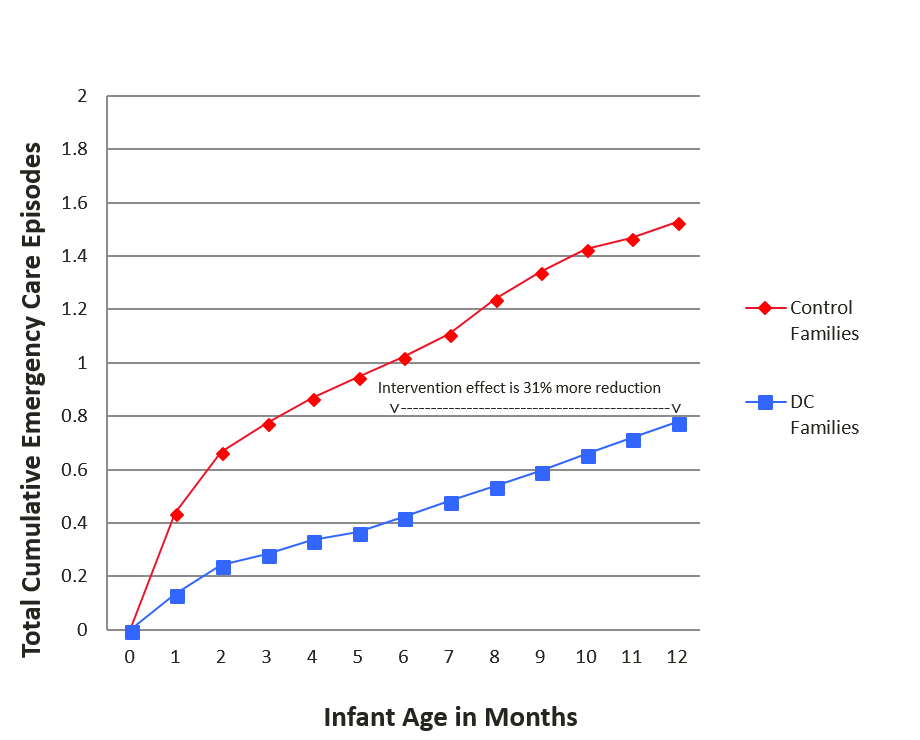
But the 39% reduction in CPS investigations is key. The top goal of the Family Connects model is to reduce the flow of families into the CPS system by making it unnecessary for CPS to ever get involved. In 2017 alone, Texas completed nearly 290,000 investigations of child abuse. If we could save 113,000 children from experiencing the pain and trauma associated with the child welfare system, at a cost of around $750 per family, why wouldn’t we?
And this money is recouped: Durham Connects has shown a return of investment of $3 for every $1 spent just in saved healthcare services alone, meaning it not only saves lives, but taxpayer dollars as well.
The program’s goal is to reach at least 60-70% of the births in each defined community with at least one home visit, with second and third visits provided to the families who need additional support or resources (typically 35% of families receive a second visit).
In the initial visit approximately three weeks post-partum, the family receives a two-hour visit that includes the following services by the nurse:
- Newborn and mother health assessments
- Education about newborn care, such as breastfeeding
- An assessment of the family’s strengths and needs, including a look at 12 factors known to be linked to child maltreatment risk
- Referrals to matched community agencies for each identified risk
If an assessment indicates a risk or need, nurses directly support families or connect them to community resources, typically through additional home visits and/or telephone contacts.
In cases of mild risk, nurses may provide direct support, such as breastfeeding assistance. If a family’s risk is more significant, the nurse collaborates with the family to connect them to desired community services and supports.
Supports may include referrals to more intensive, long-term home visiting programs such as Parents As Teachers or Healthy Families, mental health services, or primary health care providers. Nurses use a searchable database of local agencies, created by local program staff, in making referrals.
Finally, a follow-up phone call is made four weeks after case closure to further ensure connections to community resources are made.
With such a lot average cost per family to implement, this program is certainly scalable.
70% saturation of 400,000 annual births in Texas translates to an average investment of less than $650,000 per county per year.
Another important aspect to the program will be data collection, allowing communities to get a handle on what challenges are widespread and allowing needs to be aligned with available resources.
Home visiting programs are not one-size fits all, and each program currently operating in Texas is tailored to different stages of a child’s development and family needs. TexProtects is pleased to see Family Connects, with its proven track record, added to the mix here in Texas. TexProtects’ goal for home visiting in Texas is to reach at least 112,500 families with at least one home visiting program by 2025. With Family Connects added to the menu of services we are well on our way. With an estimated 48,000 births in the four implementing counties alone we likely will more than double the 23,000 families currently receiving services to nearly 50,000 over the next few years.
DPFS and the Austin and San Antonio communities have already paved the way by bringing this program to Texas, but TexProtects is eager to help scale this program through effective legislative advocacy and critical partnerships.
TexProtects, Texans Care for Children, and Children at Risk – with support from the Alliance for Early Success and the Pritzker Early Childhood Foundation – are partnering to develop a plan to bring this program to additional communities across Texas.
For more information on Family Connects, visit http://www.familyconnects.org/
For more information on the Durham project, visit www.durhamconnects.org.
For our PowerPoint presentation on Family Connects, visit https://www.texprotects.org/media/uploads/family_connects_overview_(bml_edits).pdf

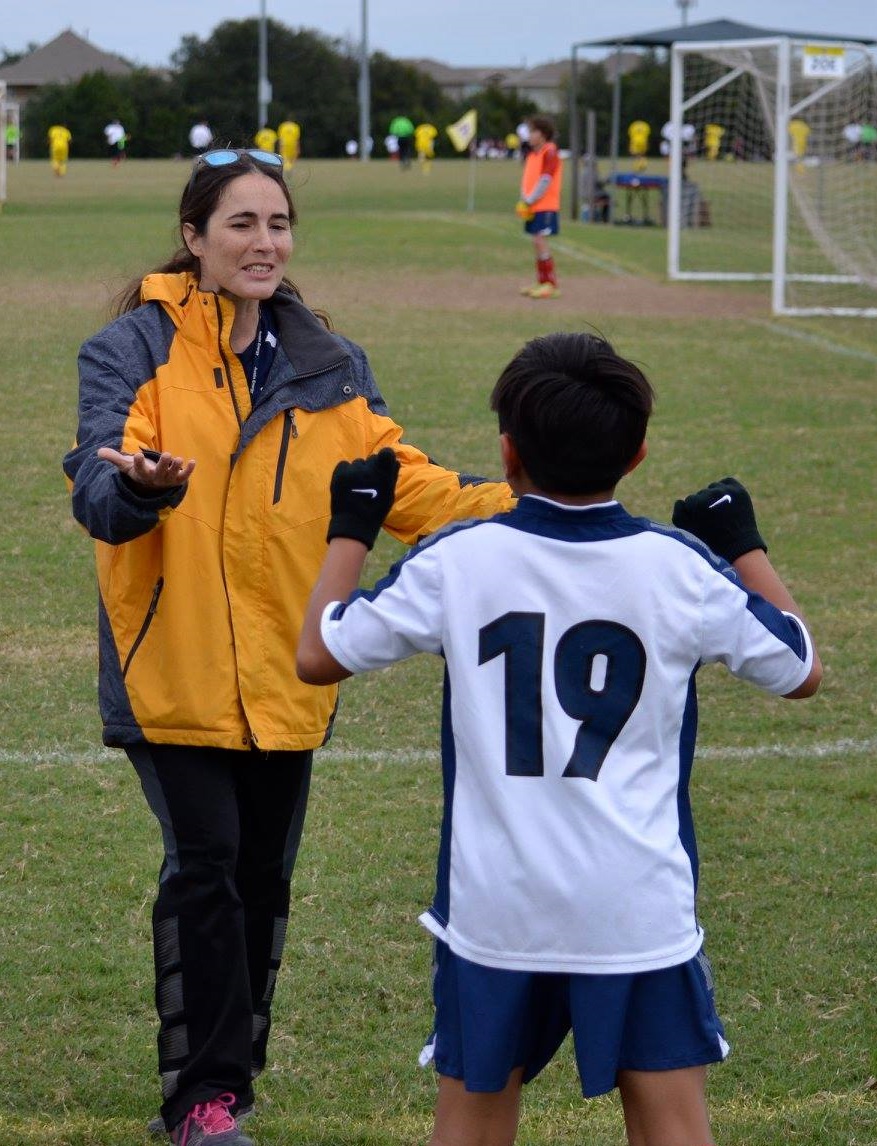
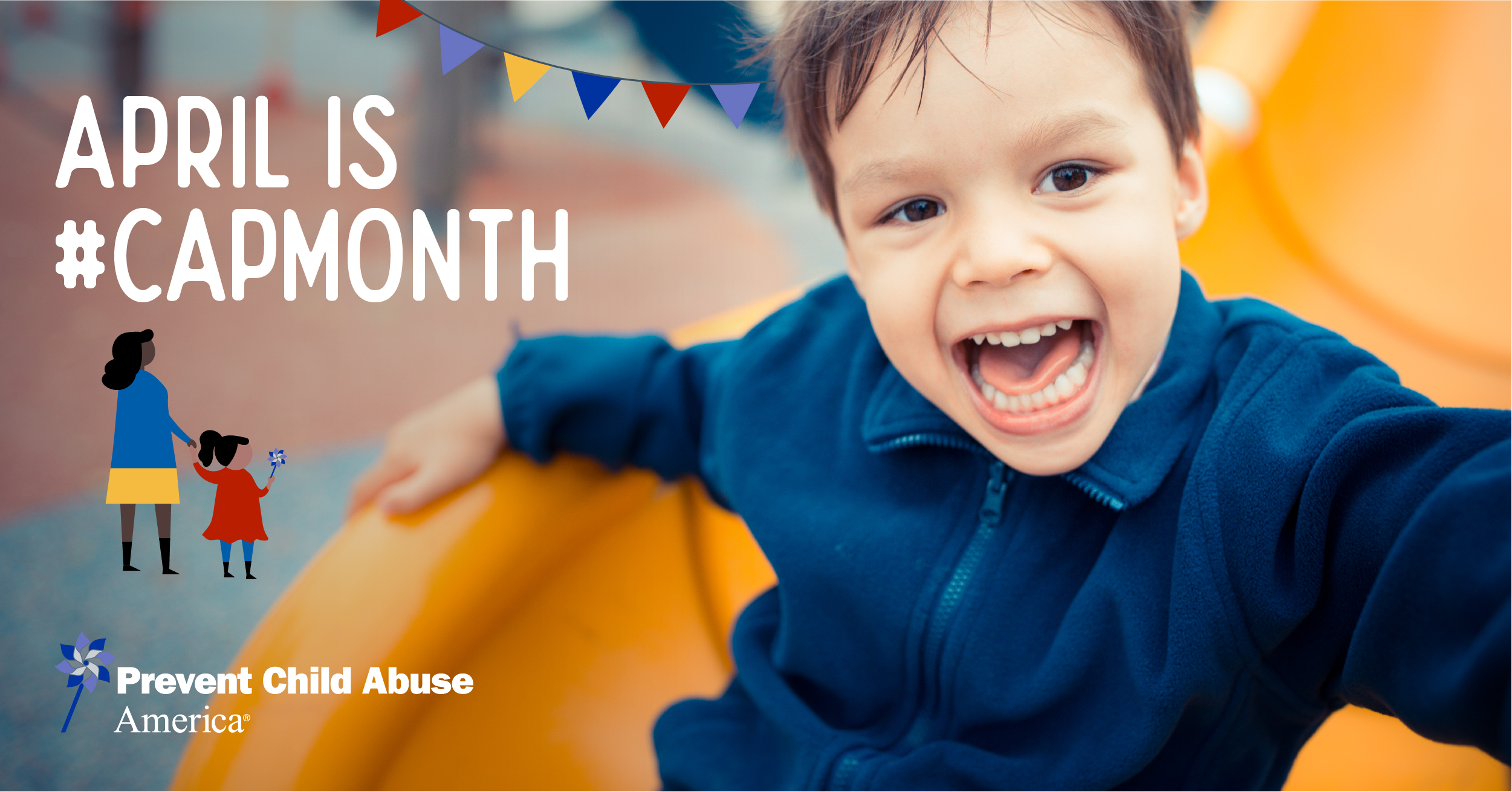
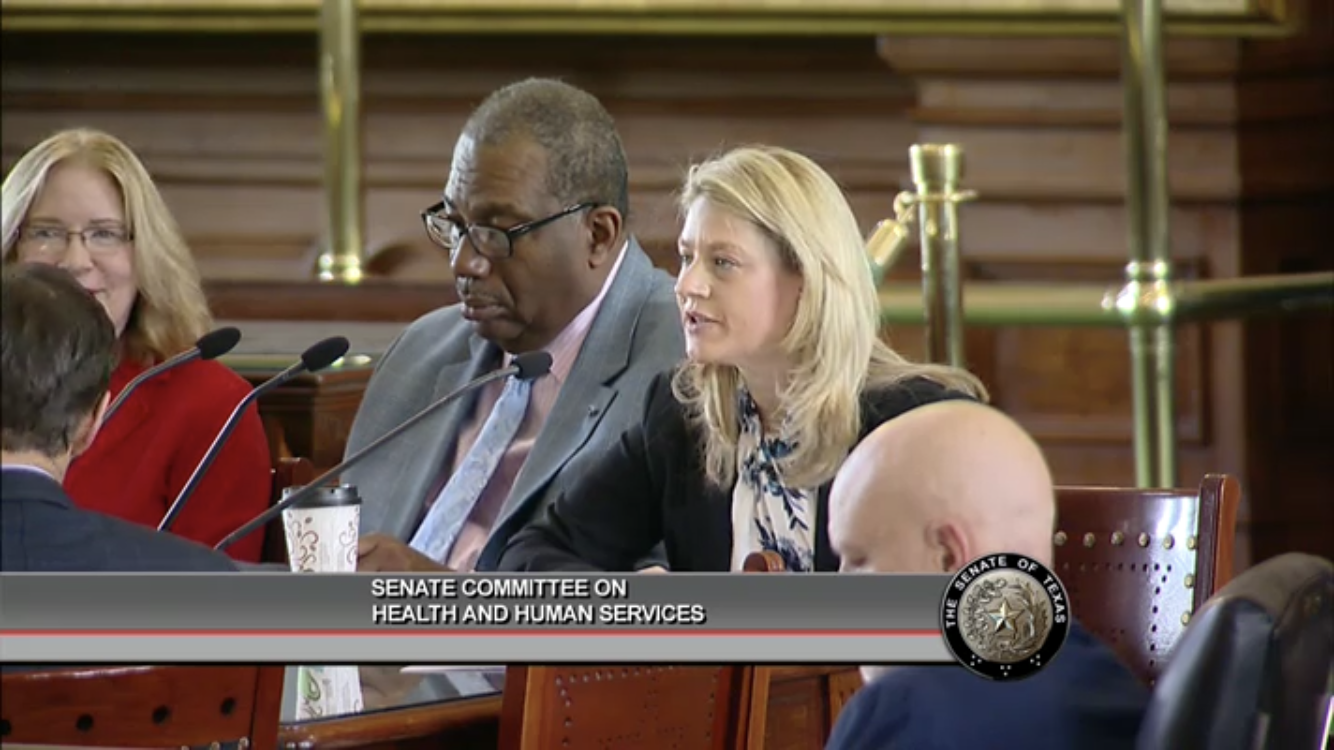


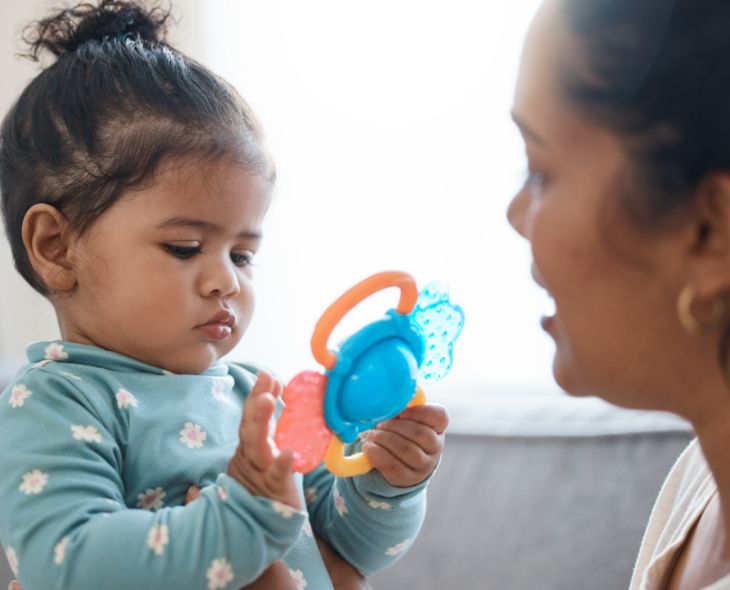
 There’s a growing recognition across the country and in Texas that the experiences – positive or negative – during the first few years of childhood provide the foundation for a child’s life for decades to come.
There’s a growing recognition across the country and in Texas that the experiences – positive or negative – during the first few years of childhood provide the foundation for a child’s life for decades to come.
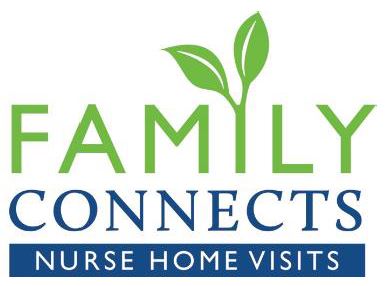
 The Family Connects model is a bit different than traditional home visiting programs. After a child is born, a Family Connects nurse meets with all new mothers before discharge to assess for any health or family support needs. The family is offered up to three follow-up visits in the home to ensure both mother and child are off to a healthy start. The Family Connects nurse connects families to resources such as child care, substance use or mental health services and concrete resources.
The Family Connects model is a bit different than traditional home visiting programs. After a child is born, a Family Connects nurse meets with all new mothers before discharge to assess for any health or family support needs. The family is offered up to three follow-up visits in the home to ensure both mother and child are off to a healthy start. The Family Connects nurse connects families to resources such as child care, substance use or mental health services and concrete resources.
